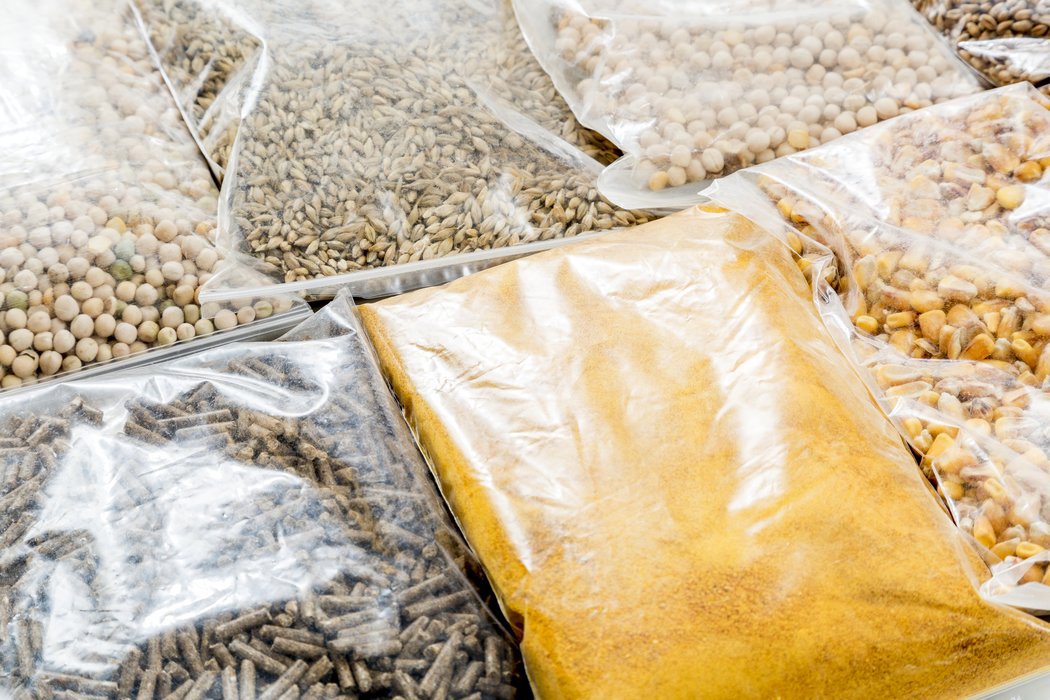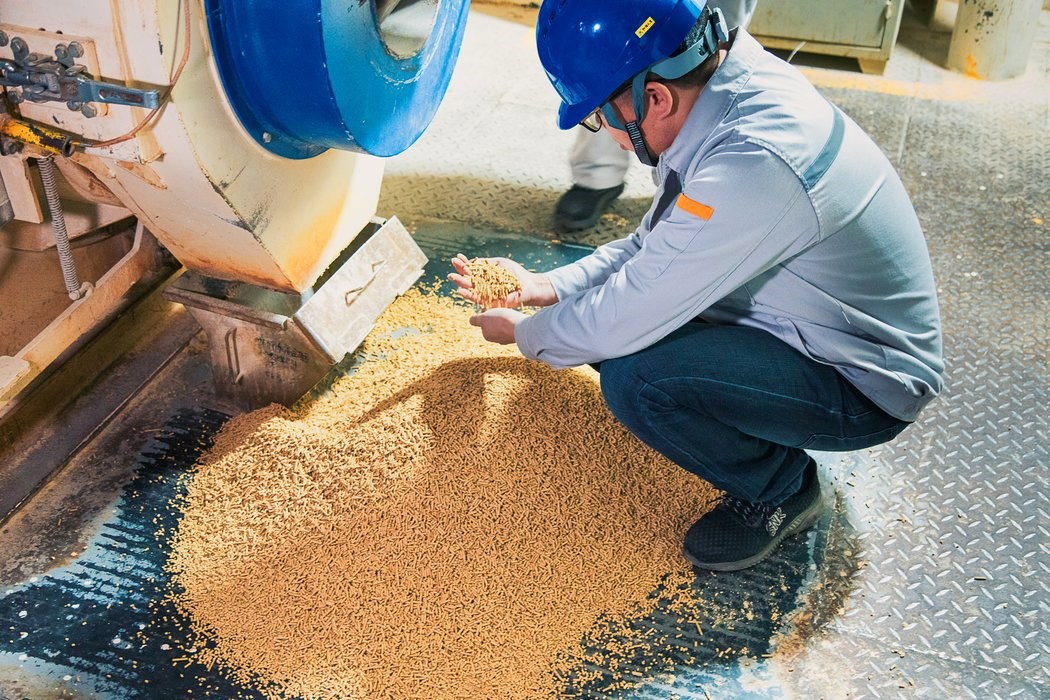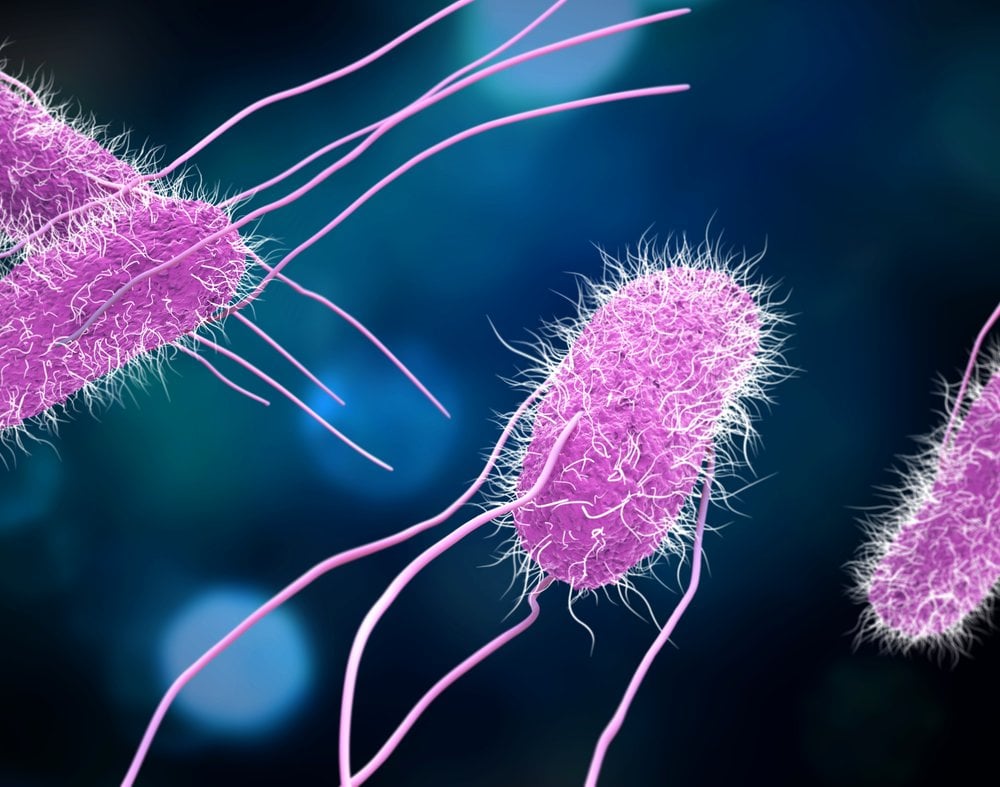
How to recognise
Feed, as a source of Salmonella is under constant monitoring due to the contamination risks it brings to the feed to food chain.
Processing conditions during pelletizing and extrusion are key to inactivating Salmonella. However, heat treatment does not protect feed from post-processing contamination, as it offers no residual effect. Additionally, a temperature drop right after cooling may lead to condensation, which provides favourable conditions for Salmonella to proliferate.
This contamination can occur post-processing, in the feed mill, or during storage, transport and handling.


The impact on the farmer
Placing Salmonella-contaminated feed in the market, has negative consequences for the business operation of a feed miller, leading to economic losses and affecting their customers.
To avoid these issues, customers prefer to work with certified suppliers who are committed to delivering Salmonella-safe feed. A fully integrated and holistic approach is needed, including plant audits, analytical services, effective dosing of treatment product and regular evaluation.
